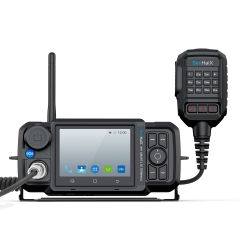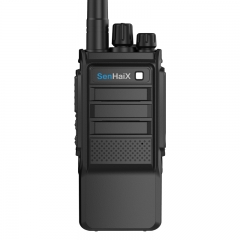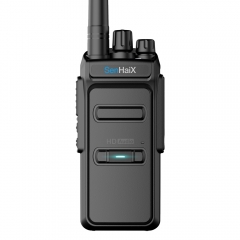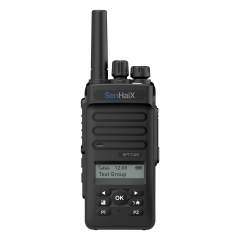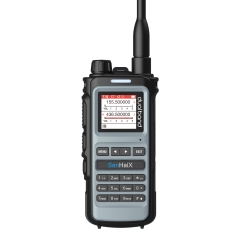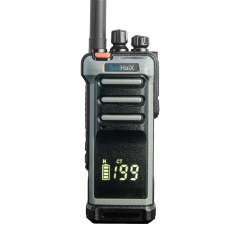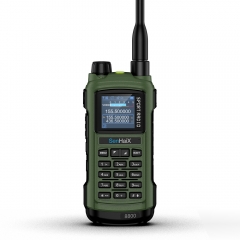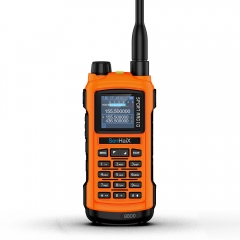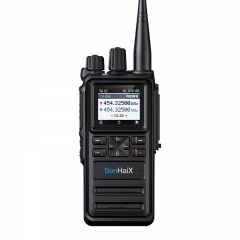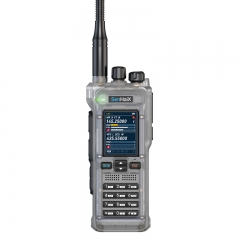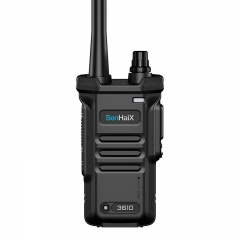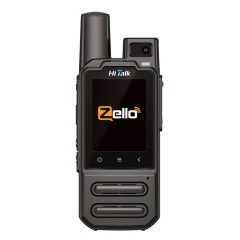In our ever-evolving digital world, technology continues to reshape the way we communicate, access information, and entertain ourselves. One such innovation that has made a significant impact is digital radio. Traditional analog radios have long been a staple of our airwaves, but the advent of digital radio technology has brought about a host of advantages are transforming the industry. In particular, the integration of high-watt digital radio transmitters has revolutionized broadcasting, providing enhanced coverage, superior audio quality, and a wealth of new features to enhance the listening experience.
Superior Audio Quality
One of the primary advantages of high-power digital radio is its ability to deliver exceptional audio quality. Analog radios suffer from interference, background noise, and signal degradation, resulting in subpar listening experiences. Digital radio, on the other hand, adopts advanced encoding algorithms that ensure a clean and crisp sound. High-watt digital radio transmissions maintain consistent audio quality over long distances, providing listeners with a seamless and immersive experience. Whether it's music, talk shows, or news broadcasts, every detail comes through with clarity, enhancing the overall enjoyment for listeners.
Extended Coverage
High-watt digital radio transmitters have the power to reach far greater distances compared to their analog counterparts. With increased power output, digital radio signals can cover larger areas, making it possible to reach remote or rural regions that were previously underserved by traditional analog broadcasts. This expanded coverage benefits both broadcasters and listeners, as it enables the dissemination of information, news, and entertainment to a wider audience. It promotes inclusivity, ensuring that everyone has access to quality radio broadcasts regardless of geographic location.
Efficiency and Reliability
Digital radio offers remarkable efficiency compared to analog radios. By utilizing compression techniques, digital signas can transmit more information within the same bandwidth, optimizing the use of available frequencies. This efficiency allows for more stations to operate simultaneously, offering listeners diversified content choices. Moreover, digital radio is less susceptible to interference, which is a common issue with analog radios. This reliability factor ensures that listeners can enjoy uninterrupted broadcasts, free from the static, fading, or other disturbances that often plague traditional analog transmissions.
Enhanced Features and Services
High-watt digital radio opens doors to a range of enhanced features and services that were previously unattainable with analog radios. With digital broadcasts, metadata such as song titles, artist names, and program information can be transmitted alongside the audio signal. Listeners can easily identify the tracks they are enjoying, explore similar music, delve into artist biographies, and even purchase songs directly through their digital radio devices. Additionally, digital radio allows for interactive services, such as traffic updates, weather forecasts, sports scores, and even personalized advertisements. These add-ons to the listening experience elevate digital radio to a new level of convenience and entertainment.
The implementation of high-watt digital radio technology has revolutionized the broadcasting industry by offering superior audio quality, extended coverage, enhanced efficiency and reliability, and a wealth of new features and services. Digital radio ensures a captivating and immersive listening experience for people across the globe, enabling them to stay connected, informed, and entertained. As this technology continues to evolve, we can expect even more advancements that will further enhance the way we consume radio content. The future of high-power digital radio is indeed bright, promising a world of endless possibilities for broadcasters, listeners, and the industry as a whole.


















